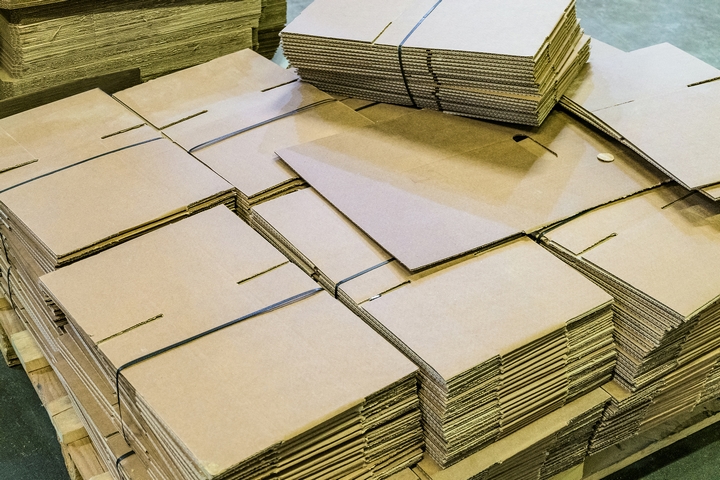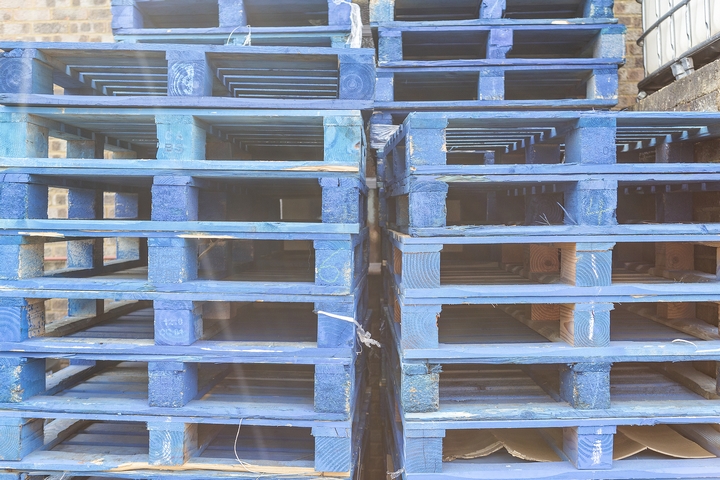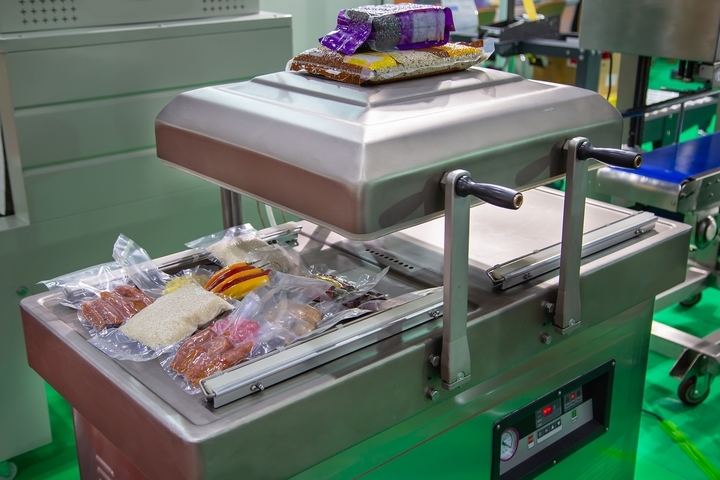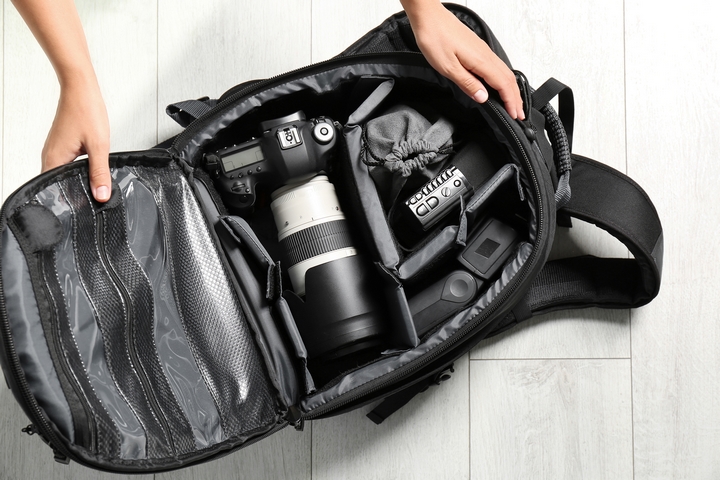
Beyond the quality of a product, how it is packaged says tons about its integrity and that of the company sending it. While a majority of shipping companies ship products in the standard cardboard boxes, those that stand out go beyond the ‘standard’ to offer attractive packaging for their products.
Below are some of the most popular types of packaging materials in the market today.
1. Corrugated Cardboard

This is the most popular packaging material used by many industries and brands. It is specially constructed to ensure its ability to withstand different weights and protect products from external pressure and moisture. It is also cost-effective and extremely customizable.
You can adjust the thickness of corrugated cardboard to perfectly fit any product you wish to ship out. It can also be treated with different adhesives and other coatings to make it flame and moisture resistant. It is also highly flexible and comes in various sizes that are ideal for packing any type of product, no matter its size.
2. Pallets and Crates

Irrespective of what you want to ship, you will need pallets and crates to move products from one location to another. They are part and parcel of the packaging and shipping process. Crates and pallets ensure that packaged products are in pristine shape up to the time they are delivered. They provide secondary packaging to products and make sure they are protected from moisture and dirt.
If products were to be left strewn on the floor of warehouses, the damage to them would be unimaginable. Pallets and crates keep products safe and protected from such damages. You can use crates and pallets made of wooden recyclable or reusable material, or recyclable and reusable plastic materials. Each has its advantages and disadvantages, but all have one aim: to ensure your products are safe and protected from potential damage.
3. Shrink Wrap

This packaging can be used as a secondary or primary type of packaging. You can either shrink wrap individual items or the entire pallet if your aim is to make sure packages hold together. Examples of individual items that are ideal for shrink wrapping include loose notebooks, papers, or CDs.
Shrink wrapping pallets together makes it easy to move and load them. A shrink wrap does not just keep items and packages together. It also protects them from abrasion, puncture, and potentially damaging impact. Besides giving your packaging visual appeal, shrink wrap provides dependable protection to individually packed items.
4. Vacuum Packaging

If you want to ship products that need to be sealed, vacuum packaging is highly recommended. It is especially ideal for shipping perishable foods. Due to its compact design, vacuum packaging is also ideally suited for food meant to be consumed at camps or backpacking adventures. It is also recommended for packing most dry goods.
Vacuum packaging works by removing oxygen from the packed items such as food to make sure bacteria, yeast and mould stay out. This means that food in vacuum packaging can stay fresh in your freezer for a longer time as opposed to food wrapped in other materials. As a rule, anything that needs to stay fresh or hermetically sealed, such as food and medical materials, is ideally suited for vacuum packaging.
5. Preservation Packaging

This is a combination packaging that includes vacuum packaging, shrink wrapping, and a host of other packaging types such as aluminum cans, jar canning, milk jugs, egg cartons, and many others. The goal of preservation packaging is one: to keep the product fresh, safe, and protected. Whatever combination of packaging products you use to ensure this goal is not jeopardized qualifies as preservation packaging.
Bubble wrap is also used as preservation packaging. It is especially preferred because it’s highly affordable, light, and effectively cushions your items and protects them from damaging impact while in transit.
6. Shock Mount Packaging

At times you will have to ship products that are extremely fragile and delicate. Among the safest options at your disposal when shipping such products is shock mount packaging. It has a built-in shock absorption mechanism that protects your items from damages wrought by humidity, moisture, dust, vibrations, and shock. This makes shock mount packaging perhaps the safest shipping option for highly fragile goods. It is a heavy-duty packaging type that is usually used to pack sensitive chemical compounds and delicate electronic equipment.
How you choose to package your products before you ship them depends on several factors. Among these is the nature of the product you are shipping, which in turn informs the type of packaging product to use. You can package your product in a variety of ways. However, the goal should always be to make sure the kind of packaging product you use will protect your items both while at your warehouse, in transit, and even when safely stored in a customer’s house.
Always evaluate your items to understand what unique packaging needs they require, and then choose a packaging product that will ensure it reaches the end-user in the same state it rolled off the production lines.